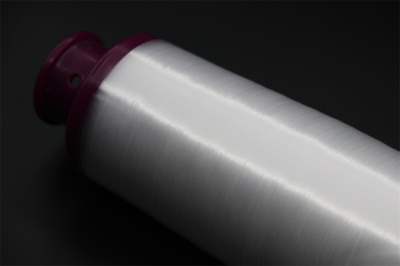
How is a Carbon Fiber Frame Made? SCOTT Explains
2024-06-17 09:29
The manufacturing process of carbon fiber frames is typically a well-kept secret among manufacturers. However, Scott has revealed the details, showcasing the creation of their IMP carbon fiber frames.
1. Using Carbon Fiber Filaments
The process begins with 5,000 to 12,000 carbon fiber filaments, each just 5 to 7 microns thick. These filaments are combined into a tow, known as carbon fiber. The higher the quality, the finer the carbon fiber filaments.
2. Creating Carbon Fiber Veil
The carbon fibers are woven together and mixed with resin to form a carbon fiber veil. This carbon fiber veil consists of 35% resin and 65% carbon fiber.
3. Cutting the Carbon Fiber Veil
The carbon fiber veil is unidirectional, with all the carbon fibers aligned in one direction. The carbon fiber veil is then precisely cut according to the frame design to minimize waste.
4. Using EPS Internal Molds
EPS internal molds are employed and covered with latex, with only the air valve (located at the top of the rear fork) being completely sealed. Using EPS internal molds results in a smooth inner surface without wrinkles or areas that cannot be compacted, unlike previous methods that used air bags.
5. Preforming with Carbon Fiber Veil
The carbon fiber veil is wrapped around the EPS mold to preform, requiring 5-6 layers of carbon fiber veil. The angles are varied to increase strength and rigidity, utilizing hundreds of pieces of carbon fiber veil for a single frame.
6. Heating and Pressurizing
Once all the carbon fiber veil is applied, the preformed frame is placed in a steel mold, heated to 130°C, and pressurized with 12 bar air pressure for 40 minutes to cure into a carbon fiber frame.
7. Removing the Internal Mold
This step involves extracting the EPS/latex from the carbon fiber component, leaving a smooth inner surface without any ripples. Some critical tolerances need to be achieved through machine grinding.
8. Joining Parts
Typically, the front triangle and rear fork of the frame are formed separately. The joints are designed with male and female steps during preforming, allowing them to be seamlessly connected and fixed with glue and wrapped with carbon fiber veil.
9. Surface Treatment
The frame undergoes quality testing, surface treatment, and painting. After 24 hours, the frame is ready for assembly.








